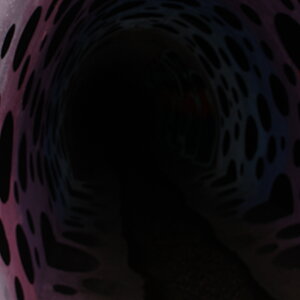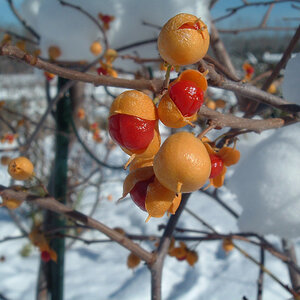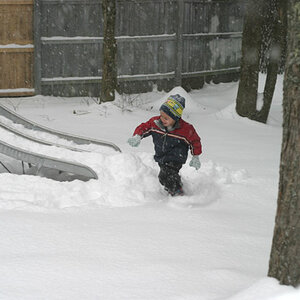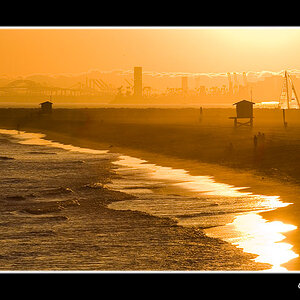Navigation
Install the app
How to install the app on iOS
Follow along with the video below to see how to install our site as a web app on your home screen.

Note: This feature currently requires accessing the site using the built-in Safari browser.
More options
You are using an out of date browser. It may not display this or other websites correctly.
You should upgrade or use an alternative browser.
You should upgrade or use an alternative browser.
How do you create sun-like brightness (not flare)?
- Thread starter sincere
- Start date
keyseddie
No longer a newbie, moving up!
- Joined
- Jun 2, 2014
- Messages
- 455
- Reaction score
- 258
- Location
- Sewell, NJ and Key Largo, FL
- Can others edit my Photos
- Photos NOT OK to edit
It's difficult to answer a question that's difficult to understand.
- Joined
- Aug 15, 2013
- Messages
- 13,695
- Reaction score
- 3,369
- Location
- SE Michigan
- Can others edit my Photos
- Photos OK to edit
Actually on bright days it creates harsh shadows.
I prefer to have an even layer of clouds dispersing that sunlight. Then shadows are minimized and photographs are much easier to control
you can always up your ISO to make everything "brighter" too ...
I prefer to have an even layer of clouds dispersing that sunlight. Then shadows are minimized and photographs are much easier to control
you can always up your ISO to make everything "brighter" too ...
- Joined
- Apr 9, 2009
- Messages
- 41,401
- Reaction score
- 5,706
- Location
- Iowa
- Website
- kharrodphotography.blogspot.com
- Can others edit my Photos
- Photos OK to edit
As mentioned a sunny day does not deliver light perfect for doing photography and you would want some types of subject to be in open shade rather than in direct sunlight.with available light that you have such as on a sunny day, everything is so well perfectly lit. is there away to recreate that?
Landscape photographers usually want morning or evening light.
But, yes. the light can be recreated using electrical light sources and light light modifiers.
Have you ever noticed that professional photographers often use electrical lighting and other lighting aids when shooting at outside locations?
sincere
TPF Noob!
- Joined
- Jan 5, 2006
- Messages
- 475
- Reaction score
- 1
- Location
- Berlin
- Can others edit my Photos
- Photos NOT OK to edit
Sunny days have worked great for me. I simply lowered the ISO and jacked up the shutter speed. Other than that, i am aware that theres electricasl lighting that can be used but this is exactly what i want to avoid so therefore i looked for alternatives.
- Joined
- May 1, 2008
- Messages
- 25,422
- Reaction score
- 5,003
- Location
- UK - England
- Website
- www.deviantart.com
- Can others edit my Photos
- Photos OK to edit
If you want more light and ambient light isn't giving you what you need you've really only a few options:
1) Use things like reflectors to redirect the light you do have.
2) Wait for a sunny day
3) Use flash to add light to the scene.
It really depends what you're taking a photo of as well - clearly you can't do much for a landcsape shot other than wait for the right light; but for a portrait you can do a lot
1) Use things like reflectors to redirect the light you do have.
2) Wait for a sunny day
3) Use flash to add light to the scene.
It really depends what you're taking a photo of as well - clearly you can't do much for a landcsape shot other than wait for the right light; but for a portrait you can do a lot
Designer
Been spending a lot of time on here!
- Joined
- Apr 13, 2012
- Messages
- 18,505
- Reaction score
- 4,853
- Location
- Iowa
- Can others edit my Photos
- Photos OK to edit
.. everything is so well perfectly lit.
That statement may be key to understanding your question as you understand it.
A "sunny day" means little or no cloudiness. If you are shooting in direct sunlight, you are getting harsh light and contrasty shadows. Is this the kind of light you wish to recreate?
- Joined
- May 1, 2008
- Messages
- 25,422
- Reaction score
- 5,003
- Location
- UK - England
- Website
- www.deviantart.com
- Can others edit my Photos
- Photos OK to edit
Guys you're forgetting that a "sunny day" includes dawn to dusk not just midday sunlight.
Designer
Been spending a lot of time on here!
- Joined
- Apr 13, 2012
- Messages
- 18,505
- Reaction score
- 4,853
- Location
- Iowa
- Can others edit my Photos
- Photos OK to edit
Guys you're forgetting that a "sunny day" includes dawn to dusk not just midday sunlight.
I'm trying to understand the OP's definition of "sunny day".
Since he didn't define what it was that he wanted to recreate, it seems we have to guess.
keyseddie
No longer a newbie, moving up!
- Joined
- Jun 2, 2014
- Messages
- 455
- Reaction score
- 258
- Location
- Sewell, NJ and Key Largo, FL
- Can others edit my Photos
- Photos NOT OK to edit
That part. For me I sell mostly landscapes. Dark, angry, well defined clouds can produce images with dramatic moods. Early morn and late afternoon, the sweet light, produce long shadows and well defined textures to work with in my compositions. Twilight and rain on medieval streets produces reflections and street lights and possibly bright umbrellas to work with. That's all perfect light. The mid day bright sunshine usually means a two hour lunch or a visit to a museum for me.everything is so well perfectly lit. is there away to recreate that?
sincere
TPF Noob!
- Joined
- Jan 5, 2006
- Messages
- 475
- Reaction score
- 1
- Location
- Berlin
- Can others edit my Photos
- Photos NOT OK to edit
Guys you're forgetting that a "sunny day" includes dawn to dusk not just midday sunlight.
I'm trying to understand the OP's definition of "sunny day".
Since he didn't define what it was that he wanted to recreate, it seems we have to guess.
with perfectly well lit i have meant that the balance of more space being well lit is given, something you dont have on an "average" day. of course that also depends on where you are standing, high buildings can potentially take away the balance of it.
Vince.1551
No longer a newbie, moving up!
- Joined
- Jan 20, 2014
- Messages
- 995
- Reaction score
- 190
- Location
- Where people live on tress.
- Can others edit my Photos
- Photos NOT OK to edit
Every part of the day is good for photography. It just depends on what you are shooting 
Designer
Been spending a lot of time on here!
- Joined
- Apr 13, 2012
- Messages
- 18,505
- Reaction score
- 4,853
- Location
- Iowa
- Can others edit my Photos
- Photos OK to edit
with perfectly well lit i have meant that the balance of more space being well lit is given, something you dont have on an "average" day. of course that also depends on where you are standing, high buildings can potentially take away the balance of it.
Light from the sky, whether direct sunlight or overcast, is very wide and deep. Like lighting up the whole world. To recreate that much light using lights would take a lot of lights using a lot of power.
I have never seen any such attempt just for a photograph. Now some city business districts are almost like daylight. Take Las Vegas, for example. You could go outside at night and hardly know it was night unless you look straight up to the dark sky.
dennybeall
No longer a newbie, moving up!
- Joined
- May 13, 2014
- Messages
- 2,308
- Reaction score
- 441
- Location
- OTOW - Ocala, Florida
- Website
- www.citrusphotorestore.com
- Can others edit my Photos
- Photos OK to edit
Light can be manipulated with all the controls on the camera. Our eyes adjust light so the whole scene appears more evenly lighted than it actually is. For instance did you know that many movies at the theatre that appear to be occurring at night were actually shot during the day and they just manipulate the light exposure.
It's interesting to take a daytime shot then start taking more and each time increase the underexposure and see that parts of the scene are actually lighted differently.
It's interesting to take a daytime shot then start taking more and each time increase the underexposure and see that parts of the scene are actually lighted differently.
Similar threads
- Replies
- 2
- Views
- 407
- Replies
- 9
- Views
- 227

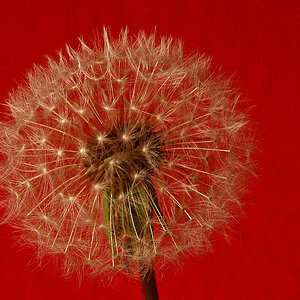
![[No title]](/data/xfmg/thumbnail/33/33343-857a08c1327857172779bfe49f06f638.jpg?1619735911)
![[No title]](/data/xfmg/thumbnail/42/42057-1509913128bb1db2bc11235c05832fd4.jpg?1619739993)
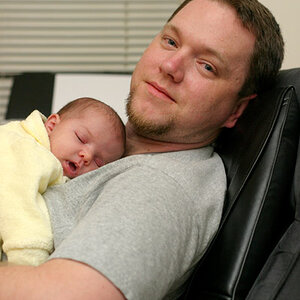
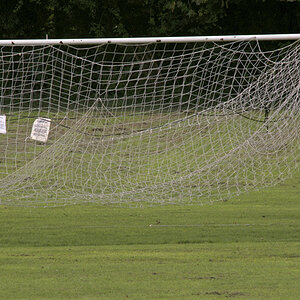
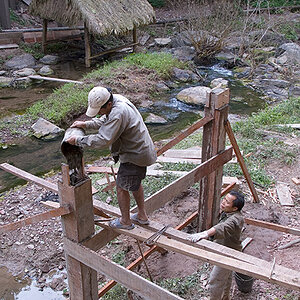
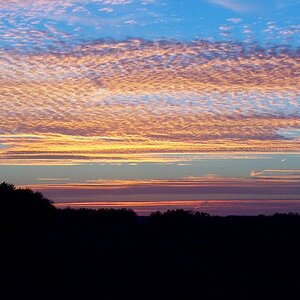
![[No title]](/data/xfmg/thumbnail/32/32929-22e23acc63d6ecb25e5ee941be87121f.jpg?1619735758)
